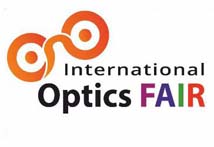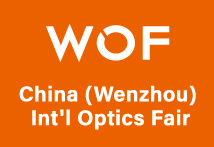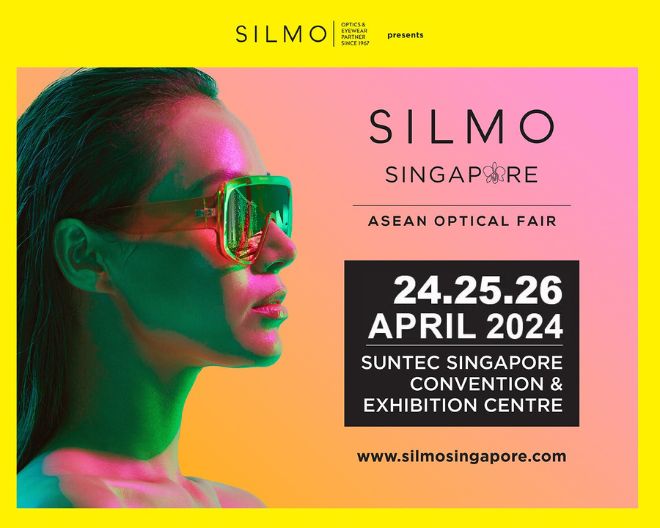The Highs and Lows of multifocal intraocular lenses
1.jpg)
Why do people want multifocal intraocular lenses?
People want multifocal intraocular lenses for independence from contact lenses and/or spectacles. Those who have had contact lenses and/or spectacles since childhood or early adulthood become used to wearing some form of refractive correction so it’s not difficult for them to move into progressive lenses in their middle-age.
Those who are new to spectacles with the arrival of presbyopia sometimes find they don’t like them especially those who opt for single vision close work spectacles. They can’t find them when they want them, things are blurred when they look in the distance, and they become loose and scratched from being frequently put on and taken off and placed lens side downwards. Every time they reach for their glasses they are reminded of the passage of time and their finitude and are nostalgic for their spectacle free youth.
The route into the world of multifocal intraocular lenses is through advertising or word of mouth from an acquaintance or relative. People are attracted to the option of multifocal intraocular lenses because of purported refractive correction independence and a return to the unaided vision of their youth; to be able to see things in the distance and near easily and quickly when they need to.
Others are told they have an early cataract and that they may as well have a multifocal lens implant to help them see at distance and near without refractive correction and get rid of the early cataract at the same time before it becomes worse and more difficult to operate on.
Advantages of multifocal intraocular lenses
When there is no significant cataract the procedure of removing the crystalline lens and replacing it with a monofocal or multifocal intraocular lens is called refractive lens exchange and sometimes natural lens replacement. This simply means that the natural crystalline lens is removed and replaced with a plastic intraocular lens for refractive reasons, that is, to gain independence from refractive correction and not to get rid of cataract.
Clinicians providing refractive lens exchange will highlight refractive correction independence, saving time and money by not having to buy any future refractive correction and not having to have frequent eye examinations. For a proper consent process, clinicians advocating refractive lens exchange should give the percentage chance of not achieving refractive correction independence post-surgery.
Psychological considerations
People considering refractive lens exchange for refractive correction independence, typically expect their post-surgery vision to be the same or better than their pre-surgery visual acuity. The key to successful management of people considering refractive lens exchange is to recognise the differences in motivation for, and expectations from, surgery and determine how these affect the clinical and personal dynamics of decision-making in this group.
People considering refractive lens exchange have good visual acuity with refractive correction, but for lifestyle or occupational reasons wish to become independent of their optical aids. Generally, they are seeking a life-changing or life-enhancing experience. They are more critical and more demanding than people with cataracts. Some multifocal intraocular lenses, because of their design (see later) reduce quality of vision especially in dim light, so it is crucial during the consent process to rule out people with unreasonable expectations, who expect perfect vision at all distances in all light conditions, and to rule out professionals with specific challenging visual requirements for their work, such as night time driving and needing to see very small detail close up in dim light.
Alternative options to refractive lens exchange
It is only fair (and should be part of the consent process) to highlight and in some cases trial some of the alternative options to refractive lens exchange. These include but are not limited to:
Progressive spectacle lenses for those who have a low refractive correction for distance vision and are only wearing single vision reading glasses.
Progressive contact lenses especially for those already wearing single vision contact lenses for distance vision and those who don’t want spectacles.
Monovision contact lenses instead of refractive lens exchange or as a monovision trial for those considering monofocal intraocular lenses or monovision laser vision correction. Monovision is contraindicated for those who need good stereopsis.
Monovision Small Incision Lenticule Extraction (SMILE) a minimally invasive laser vision correction.
Diffractive multifocal intraocular lenses
Diffractive multifocal intraocular lenses are commonly used when people decide to have a multifocal intraocular lenses.
.png) |
All diffractive multifocal intraocular lenses provide two distinct focal points within the eye and make use of the principle of simultaneous vision. The hope is that the visual-neural system will filter out or ignore the blurred component and enhance the sharp component providing acceptable vision for the distinct distances. This is called neuro adaptation.
There are different types, providing different add powers and different spread of focus between the distance and near focus points. For some people a +2.00 add will suffice and for others a +2.75 add would be better. For some people a multifocal intraocular lens producing two foci with superimposed images of distance and near zone will be fine while others need an extended depth-of-focus lens to broaden the depth of focus to encompass a broader range of foci. It is important to discuss the types of multifocal intraocular lenses available so that the person can consent fully informed.
Disadvantages of multifocal intraocular lenses
Other than the possibility of not achieving refractive correction independence two other disadvantages are positive dysphotopsias and negative dysphotopsias. Dysphotopsias are undesirable optical phenomena caused by external light sources.
super imposing unwanted patterns over the true retinal image. They are thought to be caused by the shape, size, refractive index and material makeup of the intraocular lens. They can occur with monofocal intraocular lenses but are more common with multifocals.
Positive dysphotopsia
Some people who have multifocal intraocular lenses notice glare, haloes and starbursts around lights. This is known as positive dysphotopsia. They are an unwanted visual phenomena and are caused by the design of multifocal intraocular lenses. Some people who notice positive dysphotopsias get used to them, or manage to ignore them. Jargon for getting used to or ignoring dysphotopsias is neuroadaptation. Other examples of neuroadaptation are when a person learns not to notice their vitreous floaters or when they learn not to notice the peripheral blur when wearing progressive spectacle lenses. When a person neuroadapts their brain doesn’t register these phenomena in a way that causes them to affect a person’s quality of life. However, there are some people who don’t neuroadapt. They don’t get used to the dysphotopsias and they do affect the person’s quality of life, negatively. It is not possible to determine pre-surgery who will neuroadapt and who won’t. This is only known post-surgery.
2025-03-22T16_45_43.png) |
.png) |
Examples of positive dysphotopsias (a) Normal vision (b) glare (c) halos
Dim vision in low light is another positive dysphotopsia. This is often referred to as reduced quality of vision (poor contrast sensitivity) and is caused by diffractive intraocular lenses splitting light into two foci and more light scatter when the pupil dilates in low light.
Negative dysphotopsia
Negative dysphotopsia appears as a dark shadow or crescent in the temporal field of vision. It's usually more of an annoyance than a serious problem but nevertheless some people are very bothered by it. It is thought to involve the blockage of light from certain portions of the retina and is manifested by a dark crescent or curved shadow that can appear similar to a scotoma in the peripheral temporal field of vision. People say it’s like looking through binoculars. When caused by oedema of the clear corneal incisions it will disappear in a few weeks. They may be caused by material and design properties of the intraocular lens, the shape of the eye, and the size of the pupil or any combination of these. The exact cause of negative dysphotopsia remains unsure.
2025-03-22T16_47_29.png) |
Negative dysphotopsia as drawn by a person who couldn’t neuroadapt in the first few weeks post-surgery.
Other points to consider before and after implantation of multifocal intraocular lenses
A thorough dry eye work up is essential prior to intraocular surgery. Pre-surgery dry eye is a risk for post-surgery infection. Furthermore, the incisions made during the procedure can cause dry eye or exacerbate pre-existing dry eye, because they cut through corneal nerves.
These are responsible for signalling the brain to produce tears when the eye becomes dry, disrupting the natural feedback loop and leading to reduced tear production until the nerves heal; additionally, inflammation from surgery and the use of post-operative eye drops can further contribute to dryness. People with pre-surgery dry eye are likely to have worse dry eye symptoms after surgery. Also, it is better to know what type of dry eye a person has pre-surgery as this can help with post-surgery dry eye treatment.
Pre-surgery dry eye needs to be treated before key diagnostic measurements such as corneal topography and axial length measurement are taken. Inaccurate measurements can lead to post-operative ‘refractive surprise’. The pre-surgery dry eye work up could take the form of tear break up time, tear meniscus height, lid margin examination for Meibomian gland dysfunction or any form of blepharitis.
Some people may need laser vision correction to enhance their distance and/or near vision following multifocal intraocular lens surgery.
Some people may need YAG laser following multifocal intraocular lens surgery. As this involves making a hole in the posterior capsular bag it can make later explant of the multifocal intraocular lens more difficult.
The window of opportunity for explanting a multifocal intraocular lens is six months. After this the capsule in which the intraocular lens is placed ‘shrink wraps’ around the lens, making explantation more difficult.
Negative dysphotopsia as drawn by a person who couldn’t neuroadapt in the first few weeks post-surgery.
Other points to consider before and after implantation of multifocal intraocular lenses
A thorough dry eye work up is essential prior to intraocular surgery. Pre-surgery dry eye is a risk for post-surgery infection. Furthermore, the incisions made during the procedure can cause dry eye or exacerbate pre-existing dry eye, because they cut through corneal nerves.
These are responsible for signalling the brain to produce tears when the eye becomes dry, disrupting the natural feedback loop and leading to reduced tear production until the nerves heal; additionally, inflammation from surgery and the use of post-operative eye drops can further contribute to dryness. People with pre-surgery dry eye are likely to have worse dry eye symptoms after surgery. Also, it is better to know what type of dry eye a person has pre-surgery as this can help with post-surgery dry eye treatment.
Pre-surgery dry eye needs to be treated before key diagnostic measurements such as corneal topography and axial length measurement are taken. Inaccurate measurements can lead to post-operative ‘refractive surprise’. The pre-surgery dry eye work up could take the form of tear break up time, tear meniscus height, lid margin examination for Meibomian gland dysfunction or any form of blepharitis.
Some people may need laser vision correction to enhance their distance and/or near vision following multifocal intraocular lens surgery.
Some people may need YAG laser following multifocal intraocular lens surgery. As this involves making a hole in the posterior capsular bag it can make later explant of the multifocal intraocular lens more difficult.
The window of opportunity for explanting a multifocal intraocular lens is six months. After this the capsule in which the intraocular lens is placed ‘shrink wraps’ around the lens, making explantation more difficult.
Conclusions
When a person is considering multifocal intraocular lenses it is important for the them to be fully informed of the percentage chance of:
Needing post-operative refractive correction.
Having post-operative dry eye.
Not adapting to positive dysphotopsias.
Not adapting to negative dysphotopsias.
Needing YAG laser capsulotomy.
Needing an explant.
And a pre-surgery dry eye work up is essential.

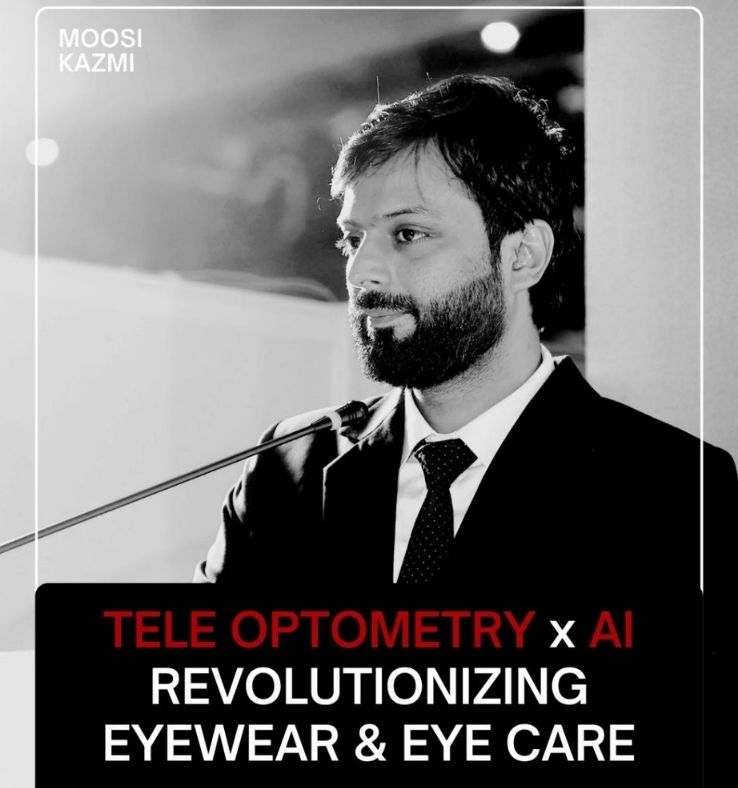
.jpg)
.jpg)
.jpg)
.jpg)
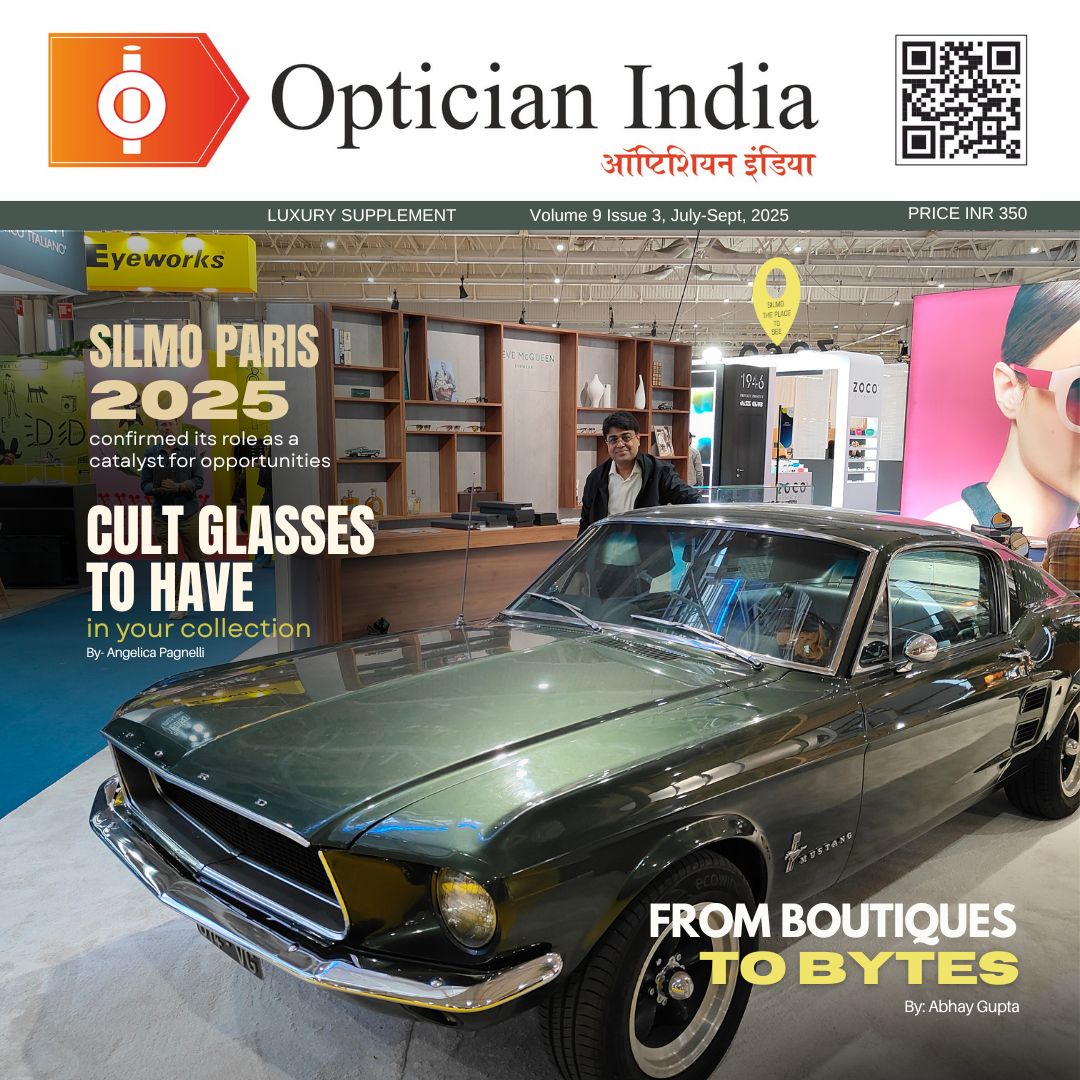

1.jpg)
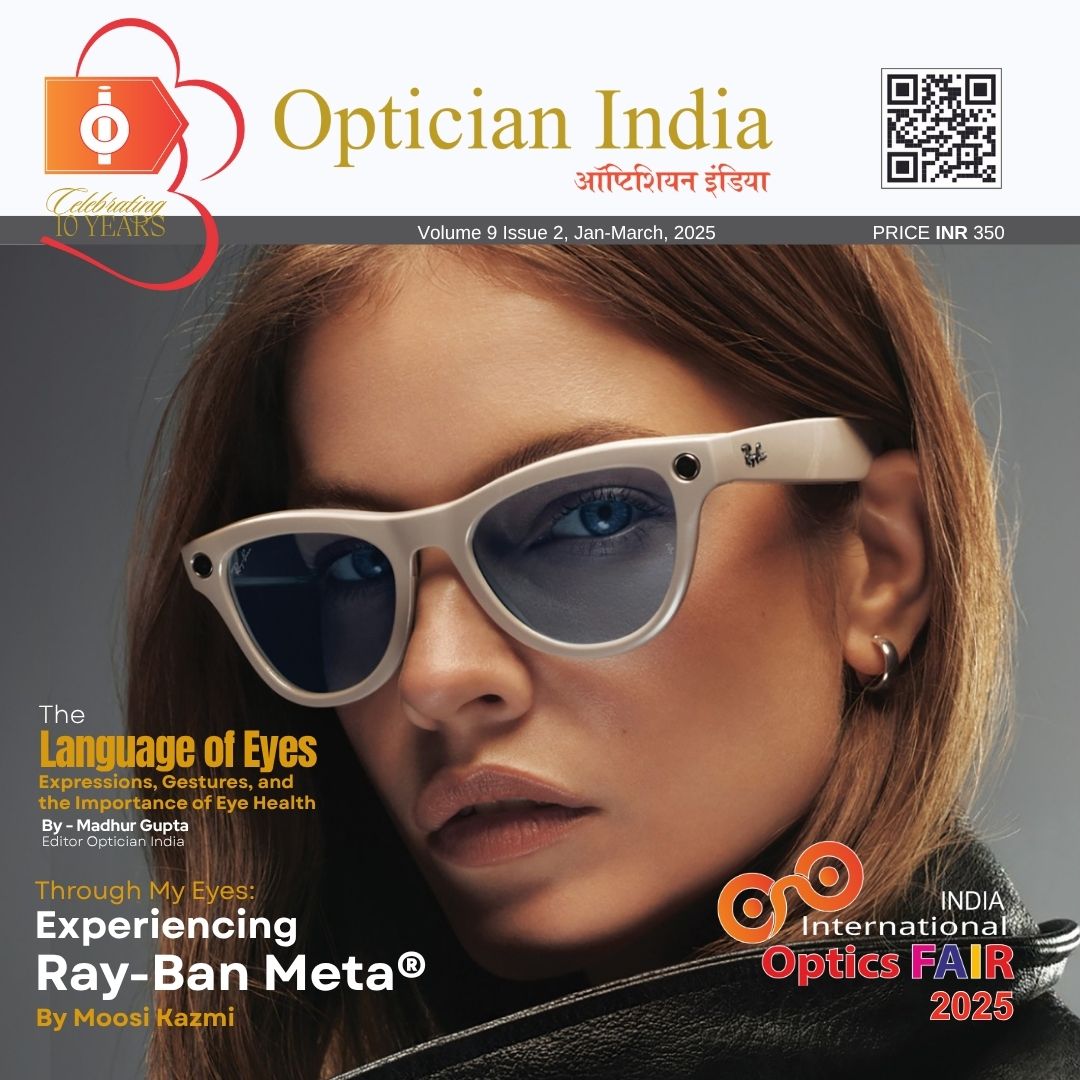


.jpg)
.jpg)

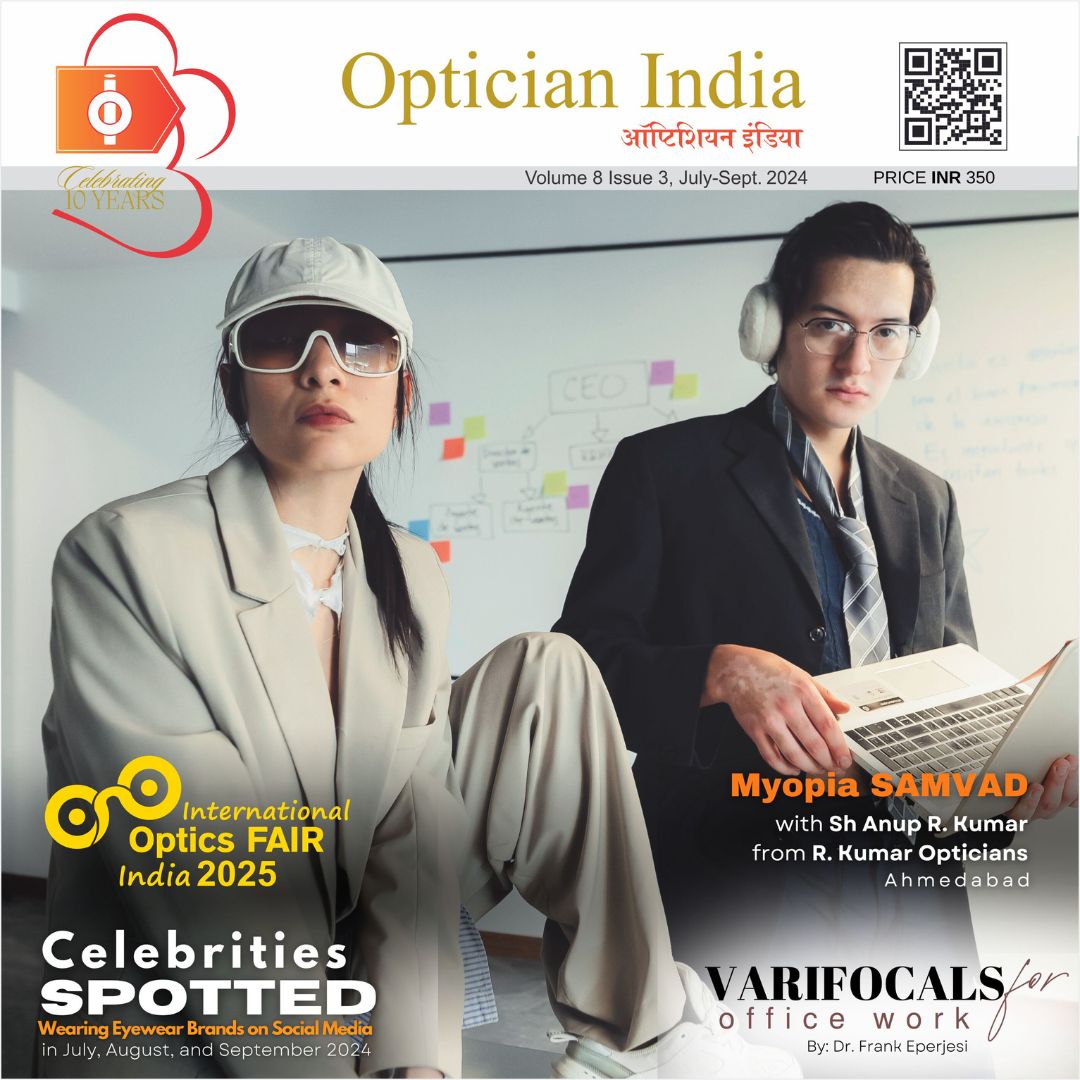

_(Instagram_Post).jpg)
.jpg)
_(1080_x_1080_px).jpg)


with_UP_Cabinet_Minister_Sh_Nand_Gopal_Gupta_at_OpticsFair_demonstrating_Refraction.jpg)
with_UP_Cabinet_Minister_Sh_Nand_Gopal_Gupta_at_OpticsFair_demonstrating_Refraction_(1).jpg)

.jpg)
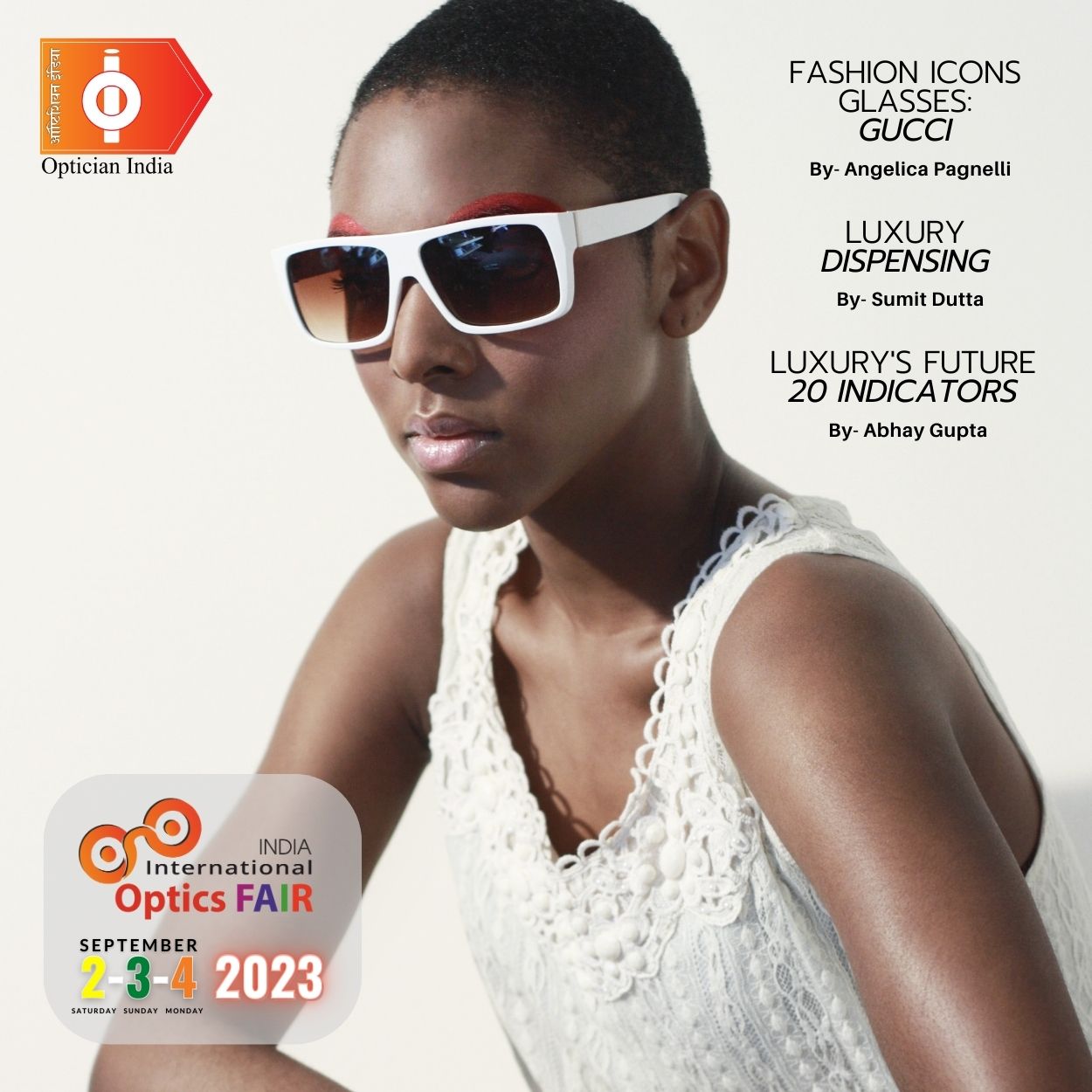





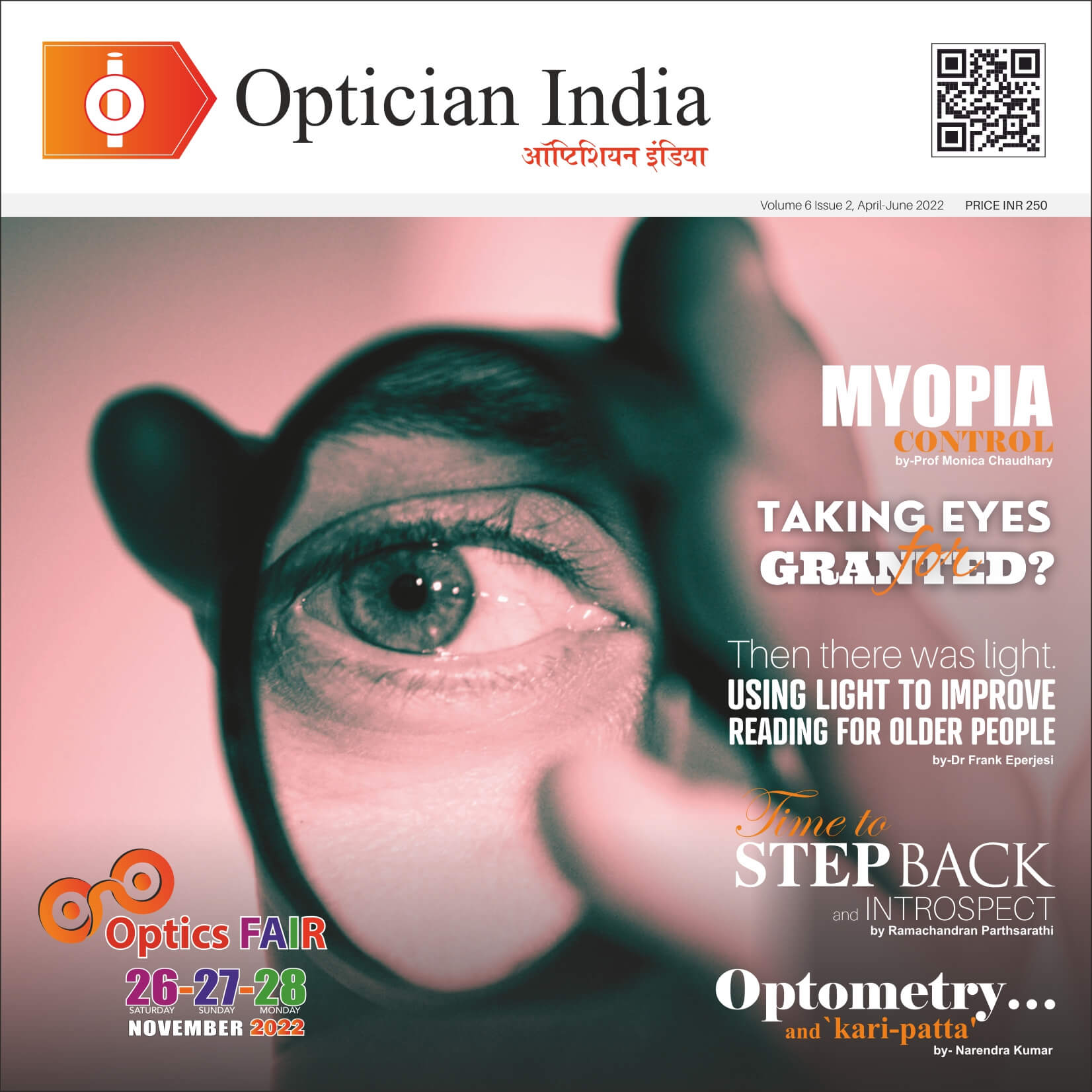
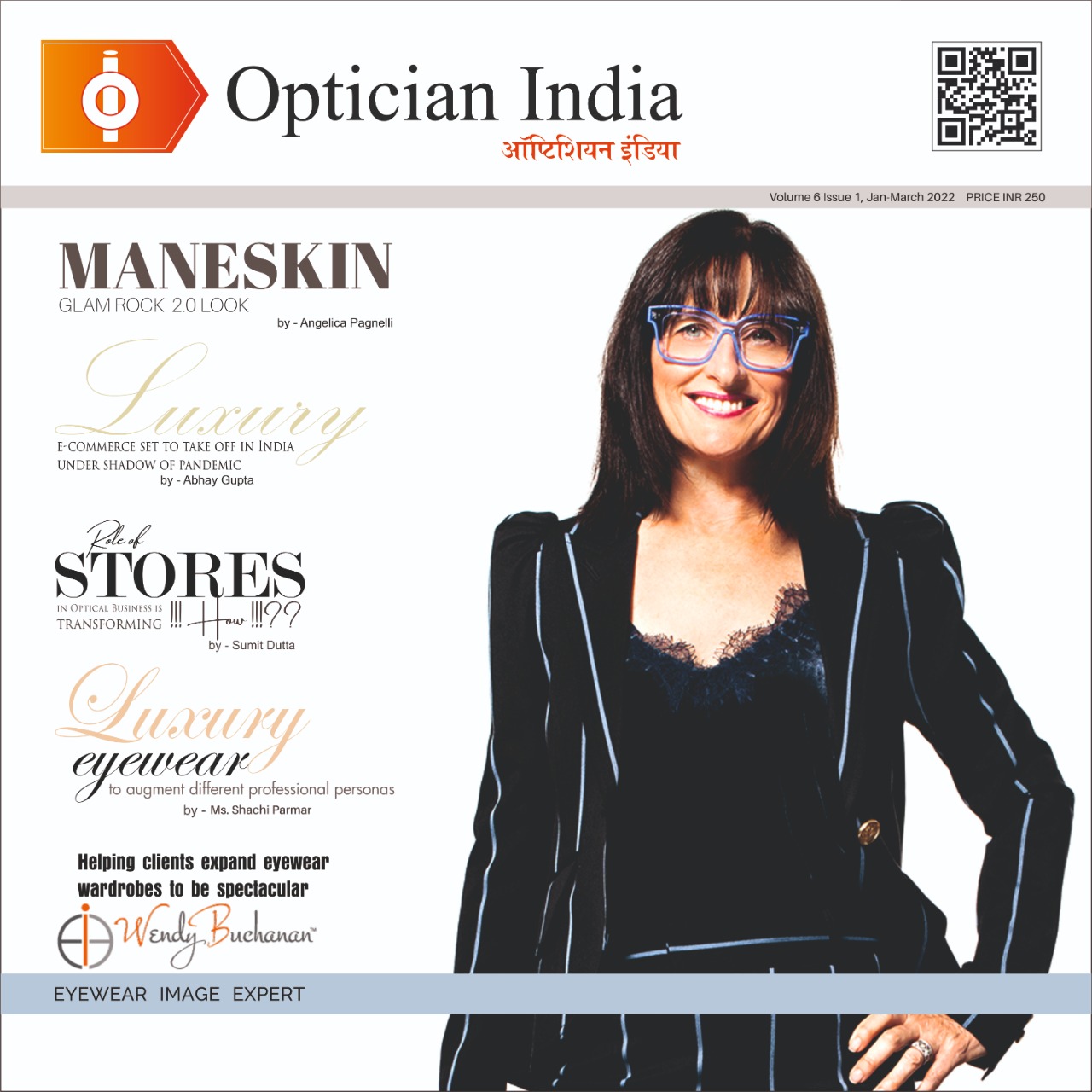
.jpg)
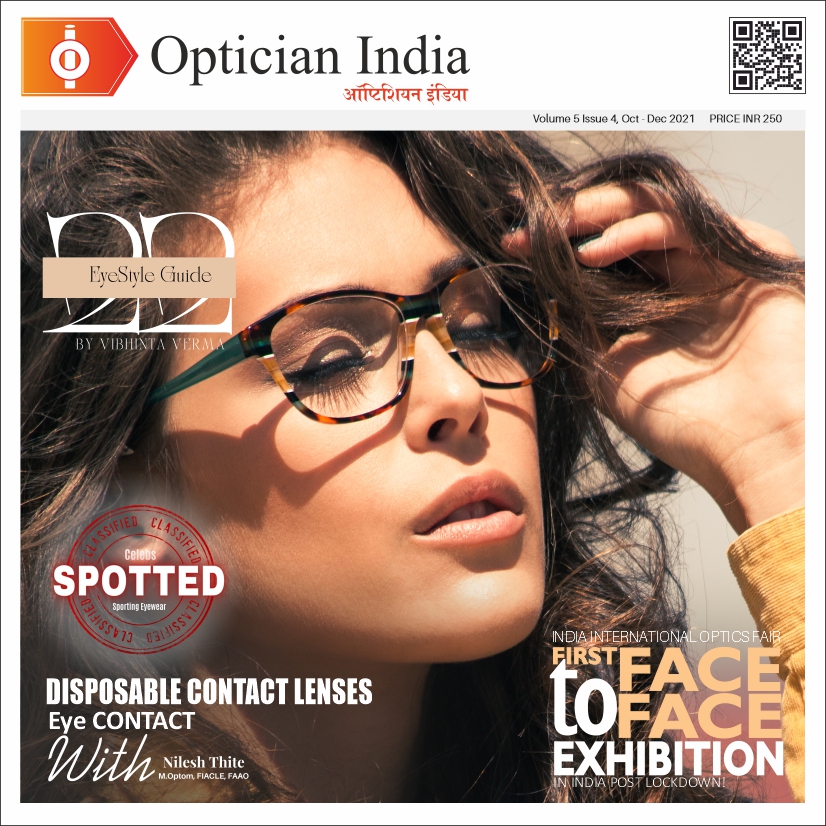

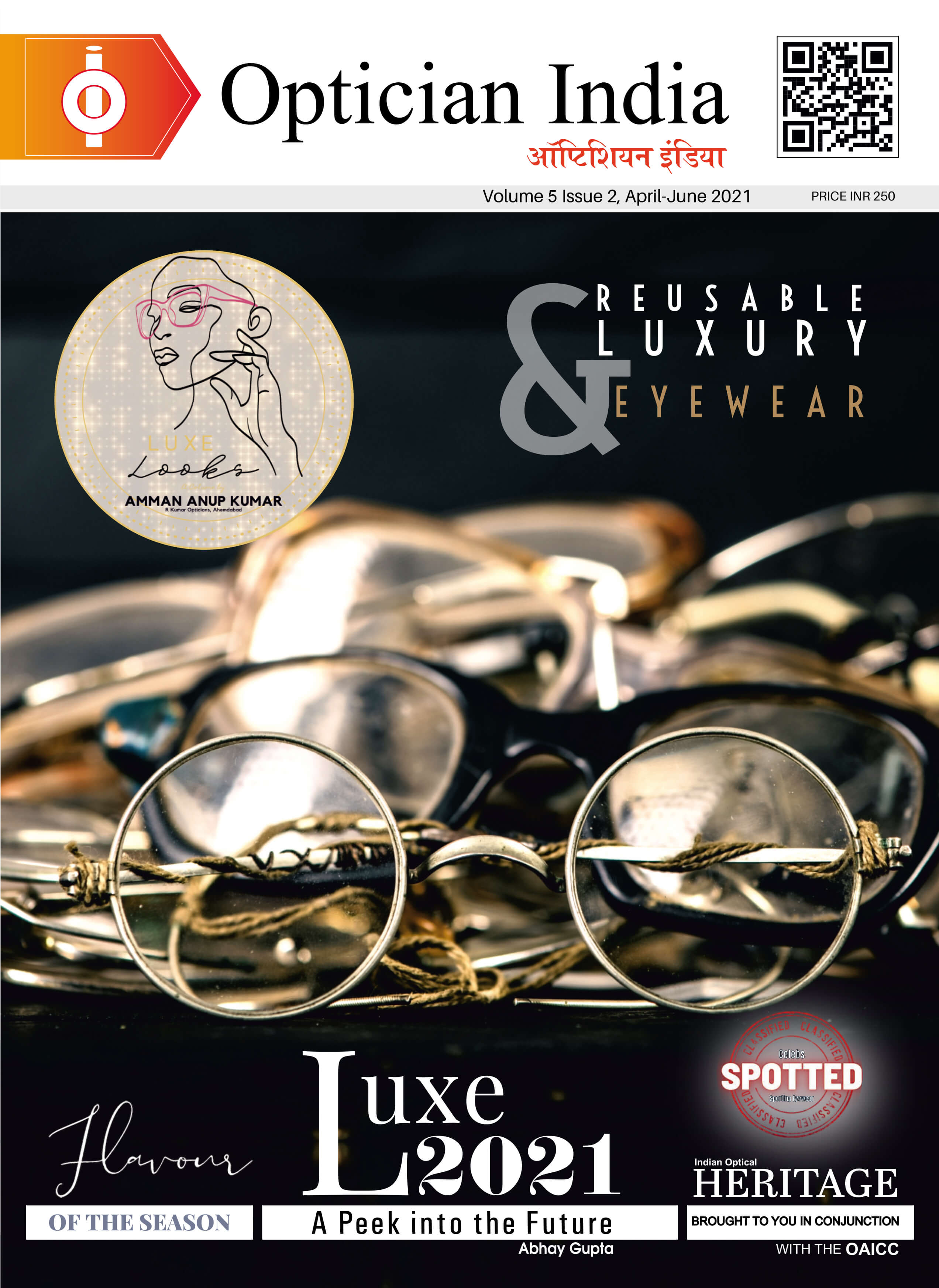
.png)
